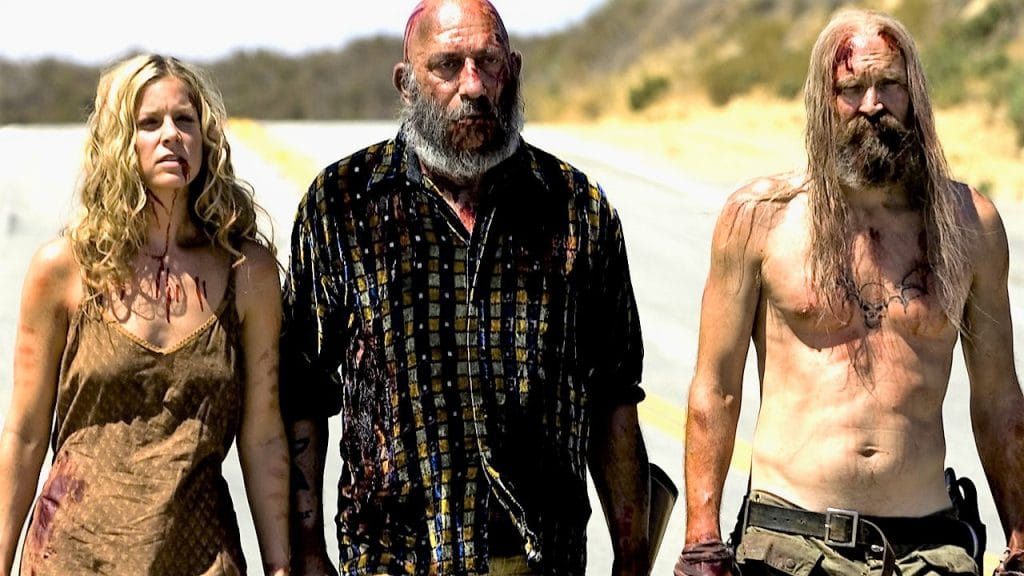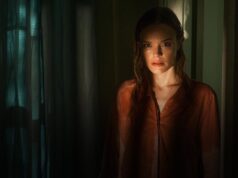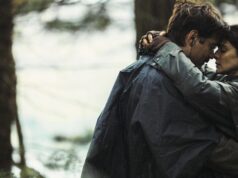Rob Zombie surprises us with an intelligent and considerably superior sequel only two years after almost frying our brains with the atrocious first movie
The Devil’s Rejects (2005)
Written and directed by Rob Zombie. Starring Sid Haig, Bill Moseley, Sheri Moon Zombie, William Forsythe, Ken Foree, Matthew McGrory, Leslie Easterbrook, Dave Sheridan, E. G. Daily, Geoffrey Lewis, Priscilla Barnes, Kate Norby, Lew Temple, Danny Trejo, Diamond Dallas Page, Brian Posehn, Ginger Lynn Allen, Tom Towles and Michael Berryman
Here is something curious to observe: as you watch The Devil’s Rejects, Rob Zombie’s follow-up to his atrocious House of 1000 Corpses (2003), you may find it hard to believe that it was made by the same person responsible for that film, whose gore fest was just repellent and no fun. And when you stop to consider that Zombie came up with this sequel only two years later, you leave with the impression that he finally figured out (and fast) what makes a horror movie tick — as well as why House of 1000 Corpses was so disastrous in the first place.
Let’s first consider the plot. As the film begins, we learn from a creepy descriptive text on the screen — a nod to the opening of The Texas Chain Saw Massacre (1974) — that it takes place on May 18, 1978, when Sheriff John Quincey Wydell (William Forsythe, badass) and local authorities led a “search and destroy” mission on the decaying farmhouse of the white trash Firefly family after over 75 murders. There, they found diaries and scrapbooks detailing their gruesome crimes and the family became known as “The Devil’s Rejects,” an awesomely colorful name.
Then, the narrative opens with the scene of a woman being dragged naked through the woods by an enormous hooded man who shows us his scarred, burnt face — the guy we knew in the first movie as Tiny Firefly (Matthew McGrory). A pig head hangs over the entrance of the infamous farmhouse, through which the police come in armed to the teeth, and we witness — in a surprisingly well-directed and well-edited scene — the S&D mission to take down the villainous family — or what the “Lord would refer to as a cleansing of the wicked,” according to the hilarious Sheriff.
Shot like in an epic Western made by Sam Peckinpah, this whole beginning is a sign that Zombie did his homework and is apparently a superb filmmaker now, using freeze-frames and a greenish cinematography that looks gorgeous inside the house together with the particles of dust that fall in slow motion. Next, we are hit by an opening credits sequence (and music) that screams 1970s before a creepy TV news archive tells us about body parts in a refrigerator and decomposed corpses found in the basement of that grotesque mansion of murder and massacre.
From then on, the narrative splits into three subplots: one following Otis (Bill Moseley) and Baby Firefly (Sheri Moon Zombie, looking more than ever like Elizabeth Shue), who are on the run and hold a group of musicians hostage in a run-down motel; another with Captain Spaulding (Sid Haig, always hilarious) on his way to meet them; and finally Sheriff Wydell trying to force Mother Firefly (Leslie Easterbrook, a step down from Karen Black, unfortunately) to tell him where he can find the runaways so that he can avenge the brutal torture and murder of his brother in their hands.
Making use of a delightfully dark sense of humor even in the most gruesome situations, Zombie fills The Devil’s Rejects with welcome references like Groucho Marx and the presence of horror icon Michael Berryman of Wes Craven’s The Hills Have Eyes (1977). Everything seems like it could have been made by Quentin Tarantino: the elaborate camera movements, the stylish editing that slides the frames out to the sides and also the flawless digital effects used to create gore when objects come in direct contact with the actors’ skin.
And while the scene involving a film critic may seem unnecessary in its conception, Wydell’s reaction to someone’s comment on Elvis’s death is so funny in its absurdity that it works better than anyone could imagine. The same can be said about an incredible moment when two characters discuss the logistics of how to obtain sexual pleasure from… chickens. Even so, it is in its purpose that Zombie stands out. There is a specific dream scene here that couldn’t be more meaningful in the way it makes us understand — hell, even root for — Wydell as he sets out to enforce the “wrath of the Lord” upon those Devil’s Rejects, in a fabulous inversion of the roles of victims and executioners.
It is almost impossible not to rejoice in Wydell’s evident psychopathy as he uses his twisted sense of divine justice to obtain revenge against this family of unexpected anti-heroes — and I found myself surprised (though not that ashamed) to wish to see them die the most painful death after all the horrific things we witnessed them do in both movies. Not every director can pull this off without sounding nihilistic and despicable (Eli Roth, I’m looking at you).
Finding a way to subvert any possible expectations by refusing to end The Devil’s Rejects like an episode of The X‑Files — which is where it seems to be going for a shocking moment — Zombie surprises us until the very last scene, not only for so many feelings it stirs but for also being an outstanding conclusion. And because of that, we should really reconsider this man’s talent. Mr. Zombie, your movie is awesome.





